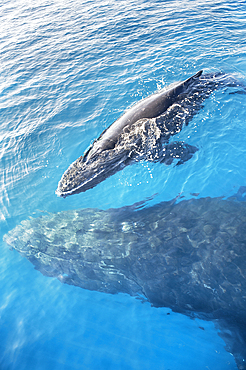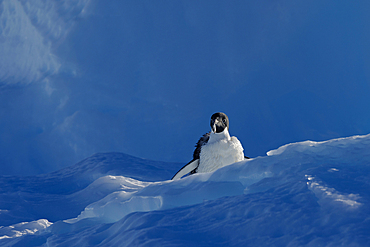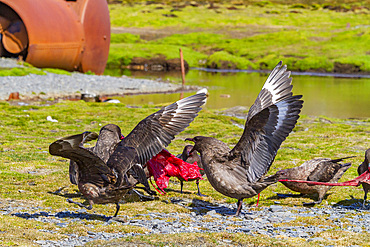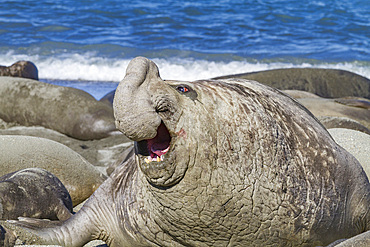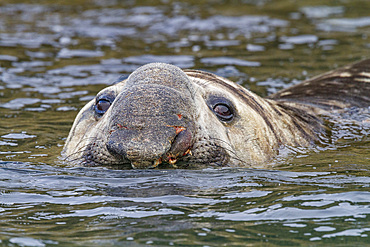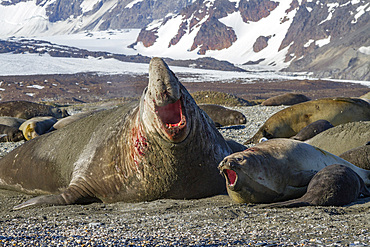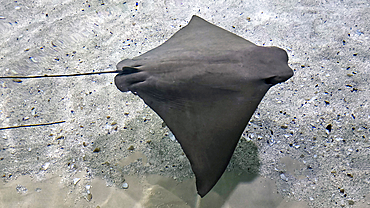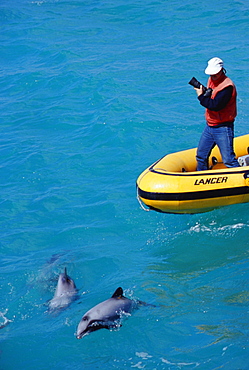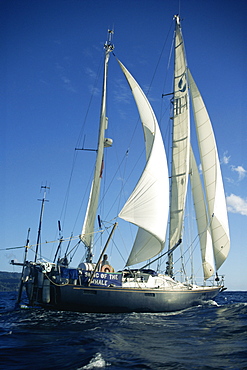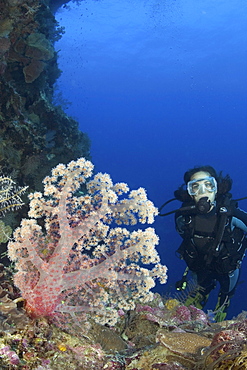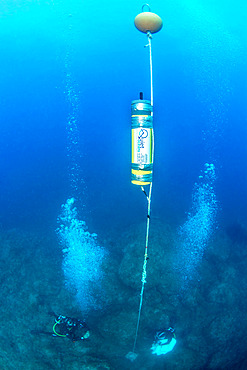Results
36 results found
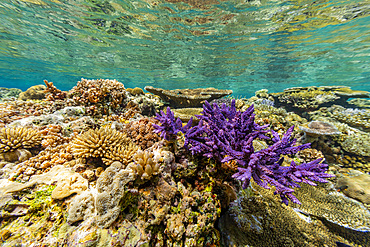
A myriad of hard and soft corals at Vatu-I-Ra Conservation Park on Viti Levu, Fiji, South Pacific, Pacific
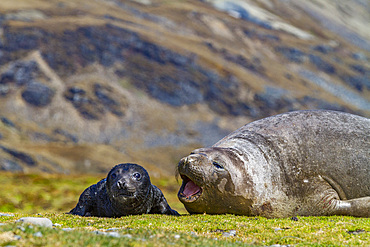
Female southern elephant seal (Mirounga leonina) with newborn pup on the beach in Stromness Bay, South Georgia Island
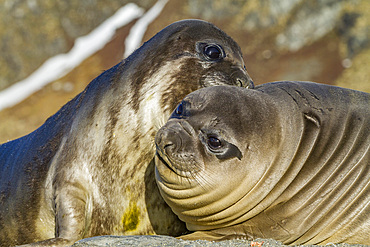
Male southern elephant seal (Mirounga leonina) pups mock fighting on South Georgia Island, Southern Ocean
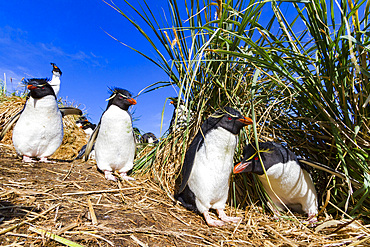
Adult rockhopper penguins (Eudyptes chrysocome chrysocome) at breeding and molting colony on New Island, Falkland Islands
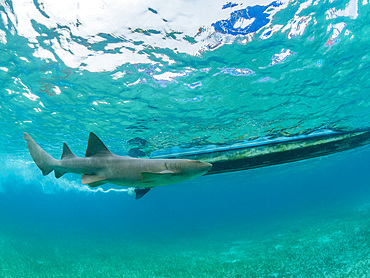
Nurse shark (Ginglymostoma cirratum), with boat in Hol Chan Marine Preserve, inside the Mesoamerican Barrier Reef, Belize
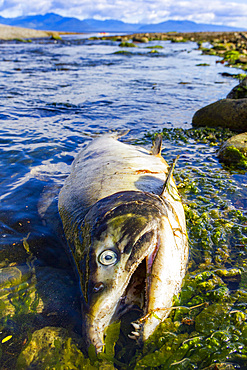
Dead and dying pink salmon (Oncorhynchus gorbuscha) gathering after the spawn just outside of Sitka, Alaska, United States of America
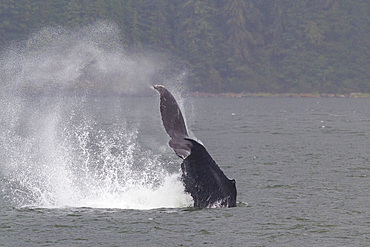
Adult humpback whale (Megaptera novaeangliae) tail throw among feeding whales in Southeast Alaska, United States of America
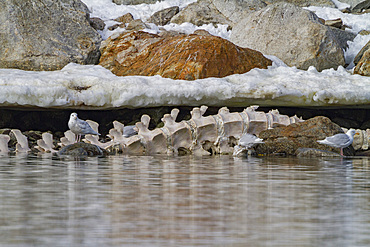
Adult fin whale (Balaenoptera physalus) carcass in Holmabukta off the northwest of the Svalbard Archipelago, Norway
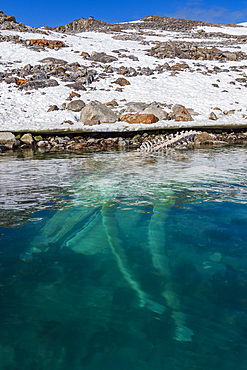
Adult fin whale (Balaenoptera physalus) carcass in Holmabukta off the northwest of the Svalbard Archipelago, Norway
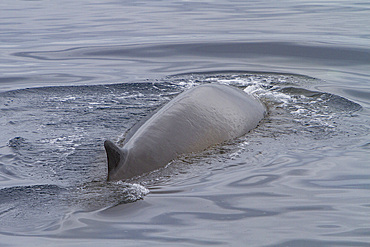
Adult fin whale (Balaenoptera physalus) sub-surface feeding in the rich waters off the Svalbard Archipelago, Norway
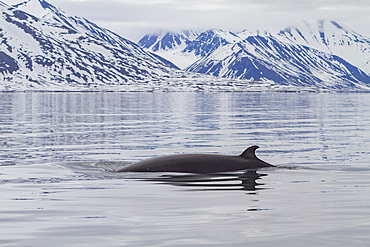
Adult common (northern) minke whale (Balaenoptera acutorostrata) sub-surface feeding in the Svalbard Archipelago, Norway

A curious young polar bear (Ursus maritimus), approaches the ship on Spitsbergen in the Svalbard Archipelago, Norway
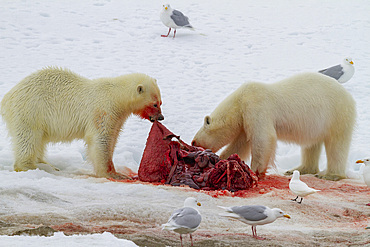
Two young polar bears (Ursus maritimus), feeding side-by-side on a fresh bearded seal kill on Spitsbergen, Svalbard, Norway
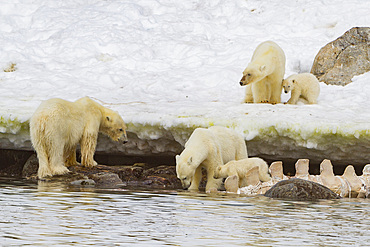
Two mother polar bears (Ursus maritimus) with cubs of the year watch a male bear feeding on a fin whale carcass in Svalbard, Norway
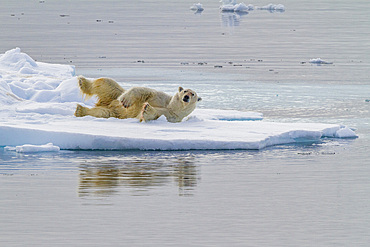
Adult polar bear (Ursus maritimus), on multi-year ice floes off the coast of Edgeoya, Svalbard, Norway
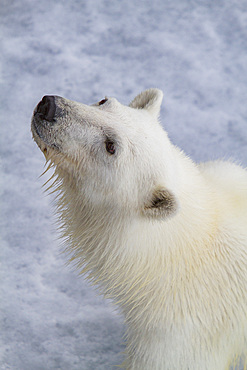
Young curious female polar bear (Ursus maritimus), on fast ice near Hinlopen Strait in the Svalbard Archipelago, Norway
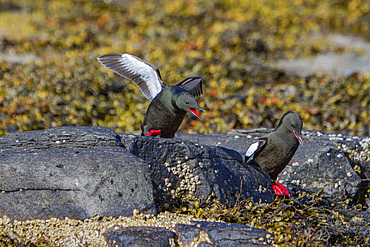
Adult black guillemot (Cepphus grylle) in summer plumage near Vigur Island in Isafjardardjup Bay, Iceland
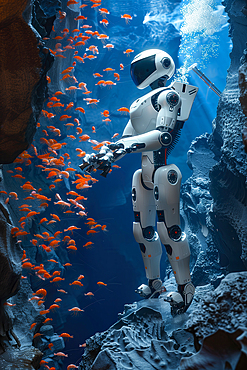
AI generated image of a Robot studying swarm of shrimps in a deep sea canyon with hydrothermal vents
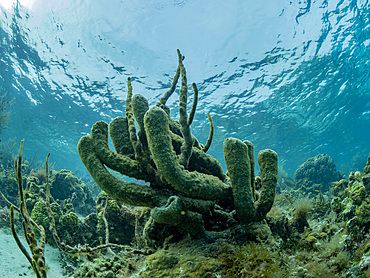
Underwater view of the reef along the circumference of the Great Blue Hole on Lighthouse Reef, UNESCO, Belize
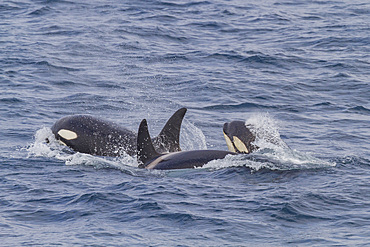
Group of at least eight killer whales (Orcinus orca) surfacing off the coast of the island of Surtsey, southern Iceland
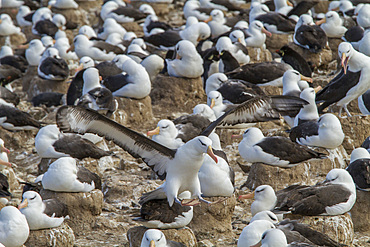
Black-browed albatross (Thalassarche melanophrys) breeding colony on Steeple Jason Island in the Falkland Islands
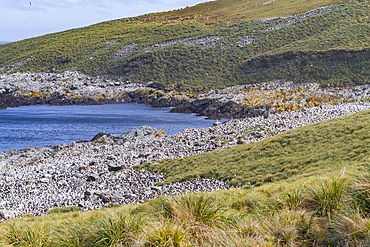
Black-browed albatross (Thalassarche melanophrys) breeding colony on Steeple Jason Island in the Falkland Islands
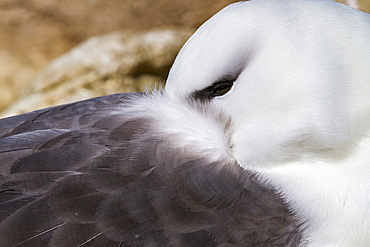
Black-browed albatross (Thalassarche melanophrys) close-up at breeding colony on Carcass Island in the Falkland Islands
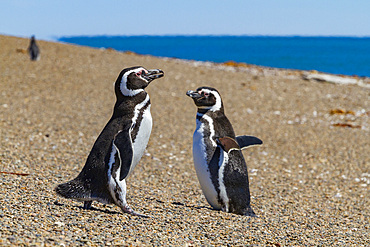
Magellanic penguins (Spheniscus magellanicus) at a breeding and molting site in Estancia San Lorenzo, Argentina
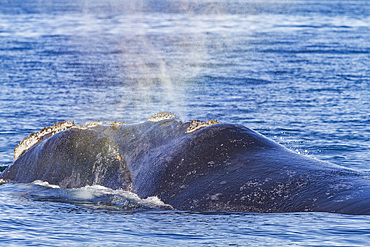
Southern right whale (Eubalaena australis) adult surfacing near Puerto Pyramides, Peninsula Valdez, Argentina
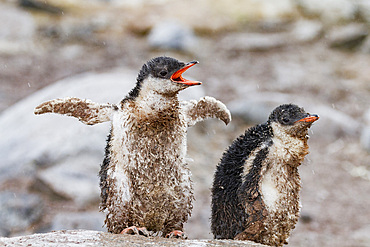
Gentoo penguin (Pygoscelis papua) chicks covered with mud and guano on Cuverville Island, Antarctica, Southern Ocean, Polar Regions
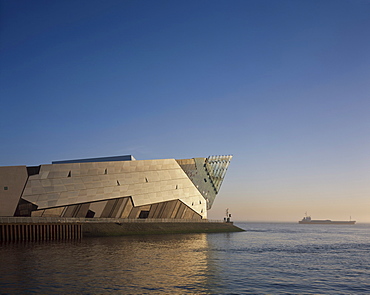
The Deep, visitor attraction and study centre for marine life, architects Terry Farrell and Partners, River Humber, Hull, Yorkshire, England, United Kingdom, Europe
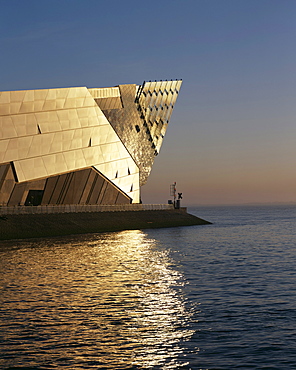
The Deep, visitor attraction and study centre for marine life, architects Terry Farrell and Partners, River Humber, Hull, Yorkshire, England, United Kingdom, Europe
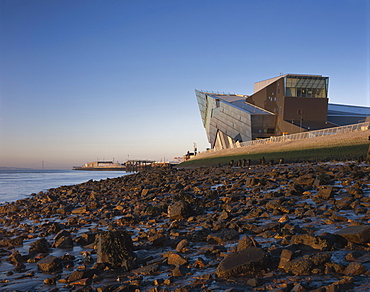
The Deep, visitor attraction and study centre for marine life, architects Terry Farrell and Partners, River Humber, Hull, Yorkshire, England, United Kingdom, Europe
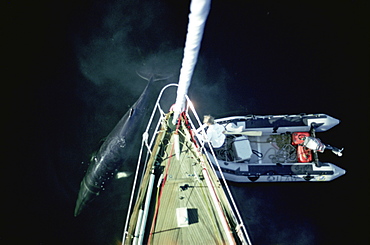
Aerial shot of the research yacht, The Song of the Whale, being investigated by a Minke whale (Balaenoptera acutorostrata), while one of the crew tries to get a closer look fro

Green turtle (Chelonia mydas) hatchlings being rescued from a damaged nest. Bird Island, Seychelles, Indian Ocean (RR)
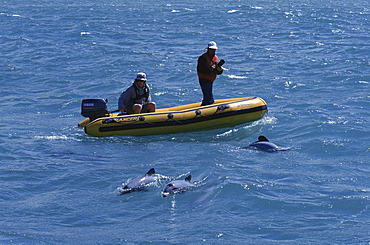
New Zealand Whale and Dolphin Trust working with Hectors dolphins (Cephalorhynchus hectori) Akaroa, South Island: New Zealand.

Green turtle (Chelonia mydas) hatchlings being rescued from a damaged nest. Bird Island, Seychelles, Indian Ocean (RR)
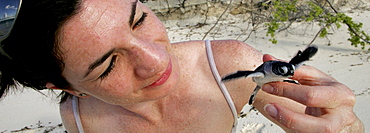
Tourist on Bird Island working with resident warden to rescue Green turtle (Chelonia mydas) hatchlings from damaged nests. Seychelles, Indian Ocean (RR)
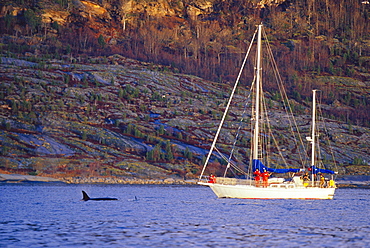
Research yacht monitoring Killer whale (Orcinus orca) activity during the winter months in the fjords of northern Norway. Tysjford, Norway.
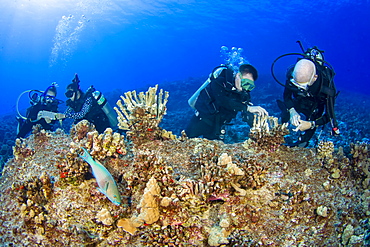
Research divers from the MOC Marine Institute glue broken coral heads back together and map out coral damage at Molokini Marine Preserve off the island of Maui, Hawaii. In the future, data from here will help to determine the health of Hawaii's reefs, Maui, Hawaii, United States of America
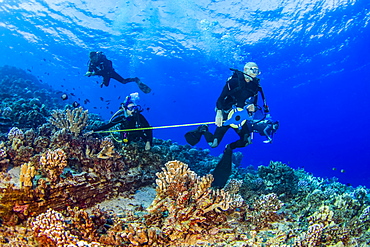
Research divers from the MOC Marine Institute map out coral damage at Molokini Marine Preserve off the island of Maui, Hawaii. In the future, data from here will help to determine the health of Hawaii's reefs, Maui, Hawaii, United States of America
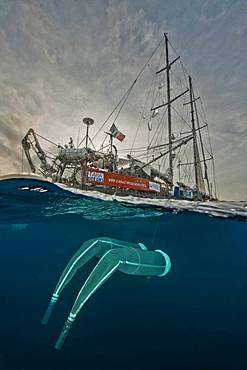
Tara Oceans Expeditions - May 2011. Tara with deployed plancton nets. On "station", the boat is drifting without engine or sails. Tara Oceans, a unique expedition: Tara Oceans is the very first attempt to make a global study of marine plankton, a form of sea life that includes organisms as small as viruses and bacterias, and as big as medusas. Our goal is to better understand planktonic ecosystems by exploring the countless species, learning about interactions among them and with their environment. Marine plankton is the only ecosystem that is almost continuous over the surface of the Earth. Studying plankton is like taking the pulse of our planet. Recently, scientists have discovered the great importance of plankton for the climate: populations of plankton are affected very rapidly by variations in climate. But in turn they can influence the climate by modifying the absorption of carbon. In a context of rapid physico-chemical changes, for example the acidification observed today in the world's oceans, it is urgent to understand and predict the evolution of these particular ecosystems. Finally, plankton is an astonishing way of going back in time ? a prime source of fossils. Over the eons, plankton has created several hundred meters of sediment on the ocean floors. This allows us to go back in time, to the first oceans on Earth, and better understand the history of our biosphere. More than 12 fields of research are involved in the project, which will bring together an international team of oceanographers, ecologists, biologists, geneticists, and physicists from prestigious laboratories headed by Eric Karsenti of the European Molecular Biology Laboratory. Galapagos
